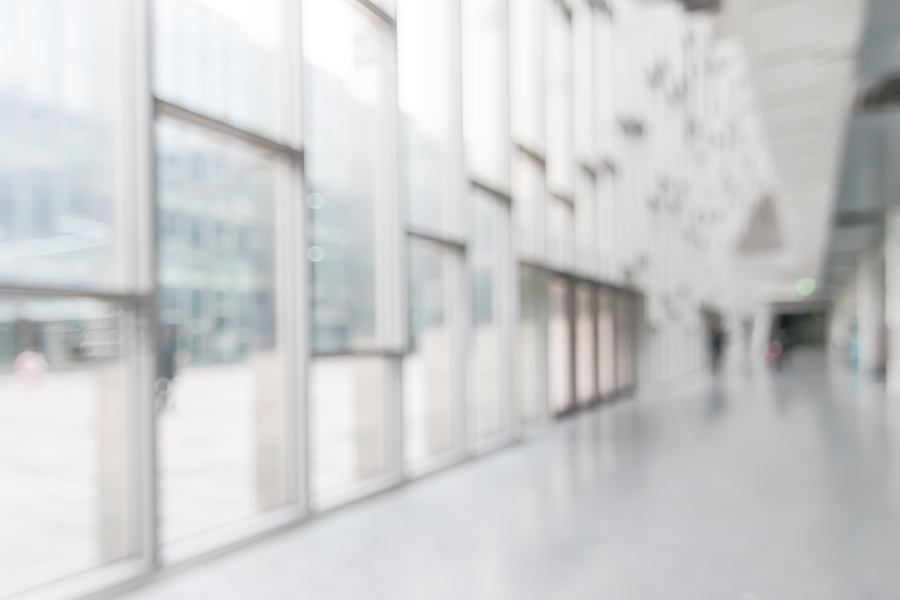Nothing is worse than a loud and unexpected noise interrupting a live play or recording session. You can’t control the noise that people in your immediate surroundings make, but you can put certain tools in place to prevent these sounds from interfering with your performance.
Sound absorbing fabrics are often used to drown out noise on theater sets, stages, and in music studios. Sometimes, these fabrics are even used to separate small living spaces within a single room so residents feel like they have some level of privacy. There’s no doubt that these fabrics offer a number of benefits in many settings. Despite their popularity, many people are not familiar with how sound absorbing fabrics work. How can a fabric silence outside noise? Here’s what you need to know:
How Sound Travels Through Space
Sound travels through space in the form of sound waves, which are bursts of energy emitted from the source of the sound. Sound waves start off strong, but they lose energy as they travel, which explains why you cannot hear a sound if you are far away from its source.
When sound waves enter a room, they reflect off of surfaces such as the walls, ceiling, furniture, and floors. Some of the sound waves bounce off of the surfaces and reflect into the room, whereas others are absorbed by the surfaces. A fraction of the sound waves in the latter group will penetrate the surface and continue traveling through space. But, the other portion of the sound waves absorbed by surfaces are converted into heat energy. When a sound wave is converted into heat energy, it means the surface has essentially muffled the sound and prevented it from traveling any further.
Now that you know how sound travels, it should be fairly easy to understand why there are two ways to drown out noise. The first involves creating more distance between the audience and the source of the noise. This is because sound waves lose energy as they travel. However, it is not always possible to rely on this method when you are in a finite space such as a theater or music studio. In these situations, the second method is used. The second method involves absorbing or reflecting sound waves using some sort of barrier. In many cases, the barrier that is used is sound absorbing fabric.
How Sound Absorbing Fabrics Block Sound
Sound absorbing fabric acts as a surface that absorbs sound waves and converts them into heat energy. Although every fabric is capable of converting some percentage of sound waves into heat energy, sound absorbing fabric is designed to absorb and convert all or most of the sound waves that come into contact with it. The conversion prevents the sound waves from traveling any further, meaning it drowns out the sound. Therefore, the higher the percentage of sound waves that a fabric can convert into heat energy, the more “sound proof” a fabric becomes.
The Best Sound Absorbing Materials
A number of materials are often marketed as sound absorbing or sound proof, but some are more effective than others. The best sound absorbing materials are thick and porous. It’s harder for sound waves to penetrate thick fabrics, so a thick material will be more effective in drowning out sound instead of letting the waves simply pass through. Porous fabrics are preferred because the pores act as tiny sound traps that are capable of capturing the sound waves as they make contact with the surface of the material. Fabrics that are not porous are more likely to reflect the sound waves back into the room instead of absorbing them to initiate the conversion to heat energy.
Another characteristic that is important when it comes to sound absorbing fabrics is texture. Smooth fabrics reflect sound waves, but textured fabrics are better at absorbing them. Why? The texture creates a slightly uneven surface, so sound waves that make contact with the fabric will lose energy by bouncing between different parts of the fabric’s surface instead of simply being thrown back into the room.
So, which fabric is best? Most experts would agree that suede and velvet are two of the best choices when it comes to sound absorbing fabrics. These fabrics are heavy and porous with textured surfaces, so they are capable of absorbing a significant amount of sound waves. Since velvet is less expensive than suede and just as effective, many set designers prefer this option. Velvet also has a luxurious look that makes it the perfect fabric to incorporate into an intricate set design.
The stage is not the only place where velvet is used to drown out noise. Many people hang velvet curtains in their bedrooms so they can block out noise and fall asleep with ease. Velvet is also thick enough to block sunlight, so these curtains are often referred to as “blackout curtains” since they prevent natural light from entering the room.
If your heart is set on a thinner fabric that does not absorb much sound, try using multiple layers of the fabric instead of relying on just one. Using multiple layers will add thickness so the fabric is more capable of absorbing sound waves and drowning out noise.
If you’re interested in purchasing sound absorbing fabrics, contact Chicago Canvas & Supply. We pride ourselves on providing high quality fabrics for photography sessions and theater sets. Chicago Canvas is your leading source for backdrops, textiles, theatre fabrics, tarps, drop cloths, and more. We are more than happy to provide clients with free samples so they can ensure they are choosing the right fabric for their needs. To place a request for samples, contact us today by calling 1-866-389-2218 or emailing email@chicagocanvas.com.





